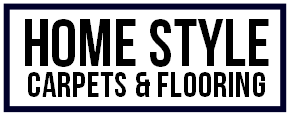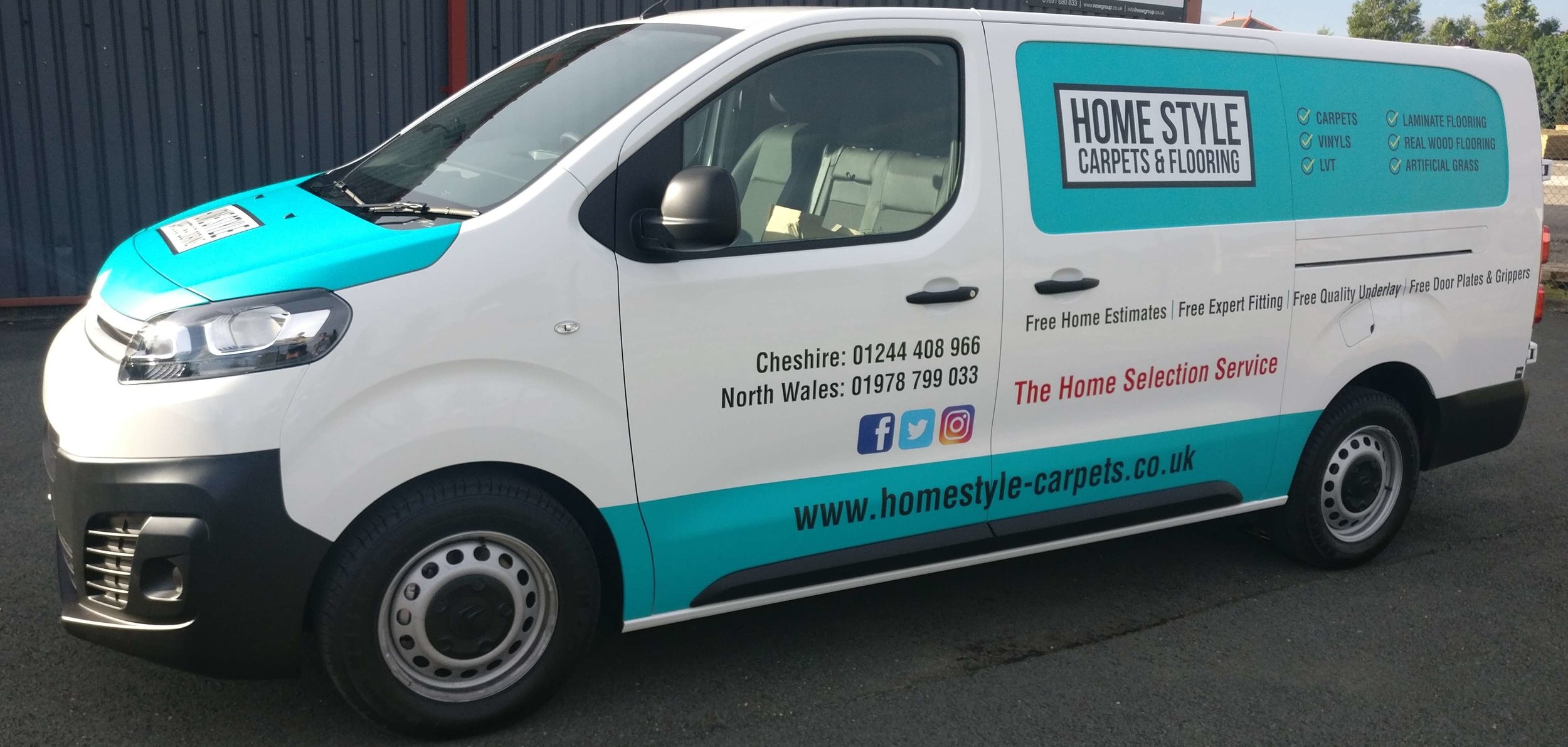What flooring is best for rental properties?
/What landlords should look for in flooring for their rental properties is practicality, durability and value for money.
You cannot guarantee that tenants will take care of the property in the same way a homeowner would. They may spill things on the floor, drop objects on it and tread in mud. The tenants may not regularly clean the floor, so you need a covering that can easily be cleaned when tenants leave.
The main choices of floor coverings are carpets, engineered wood, vinyl sheets or tiles, and laminates. All of these, except carpets, are easy to clean. This doesn’t necessarily mean you should avoid carpets, but they may need to be professionally cleaned between tenants. Carpets need replacing more often than vinyl, laminates or engineered wood. However, they can work out cheaper than other floor coverings.
When it comes to cost, landlords need to consider the total lifetime cost. Engineered wood is expensive, but will last a long time. Luxury vinyl tiles (LVT) are not cheap to buy and install, but many makes are guaranteed for 15 years and upwards.
People renting higher-value rental properties expect good flooring, so consider installing engineered wood or even sold wood. Wood floors also have the benefit of increasing the value of the property.
If you allow pets in your properties, most floors except carpets are pet friendly.
Vinyl tiles are good because they are water resistant and can withstand spills. If the floor gets damaged, replacing tiles will repair it.
Laminate floors are coated with a tough layer, making them suitable for families with young children as they can withstand lots of abuse.
There's no definitive answer to what the best flooring is for rental properties is. It depends on several factors including budget, property type and the kind of tenants.

